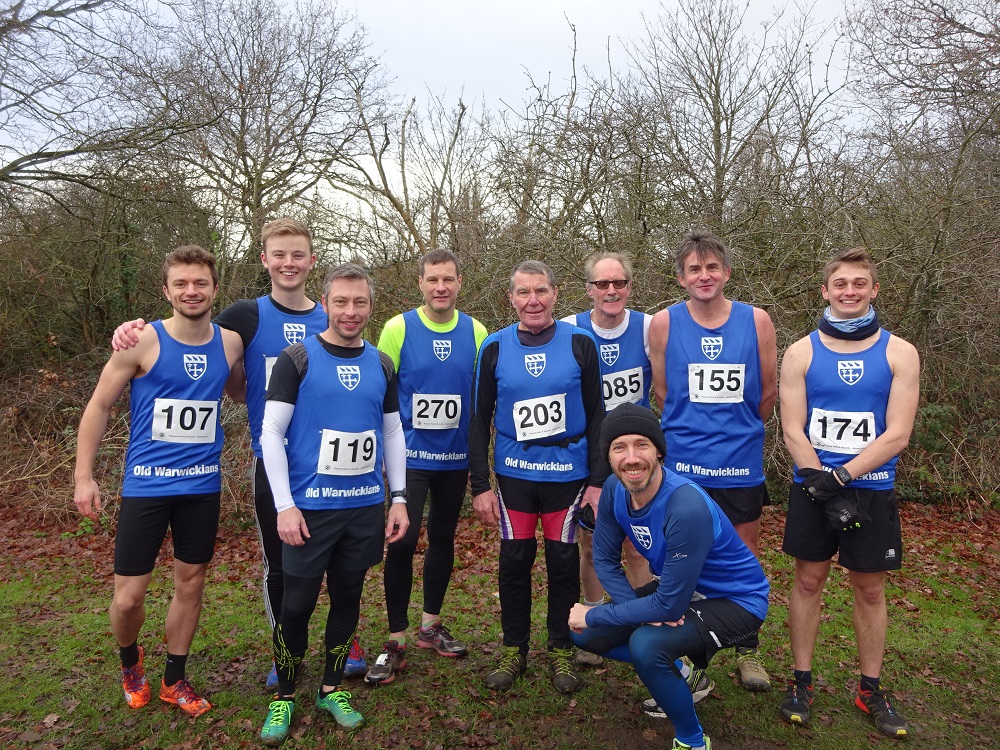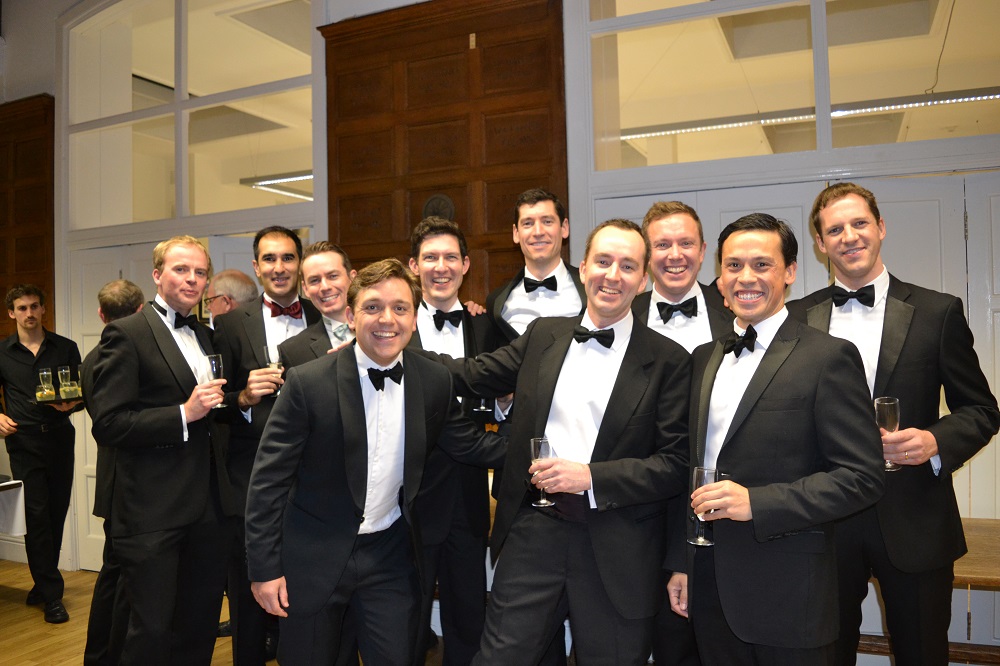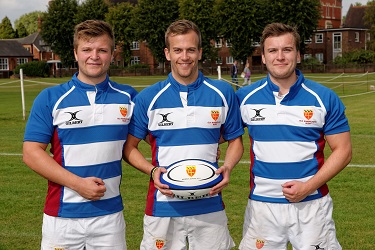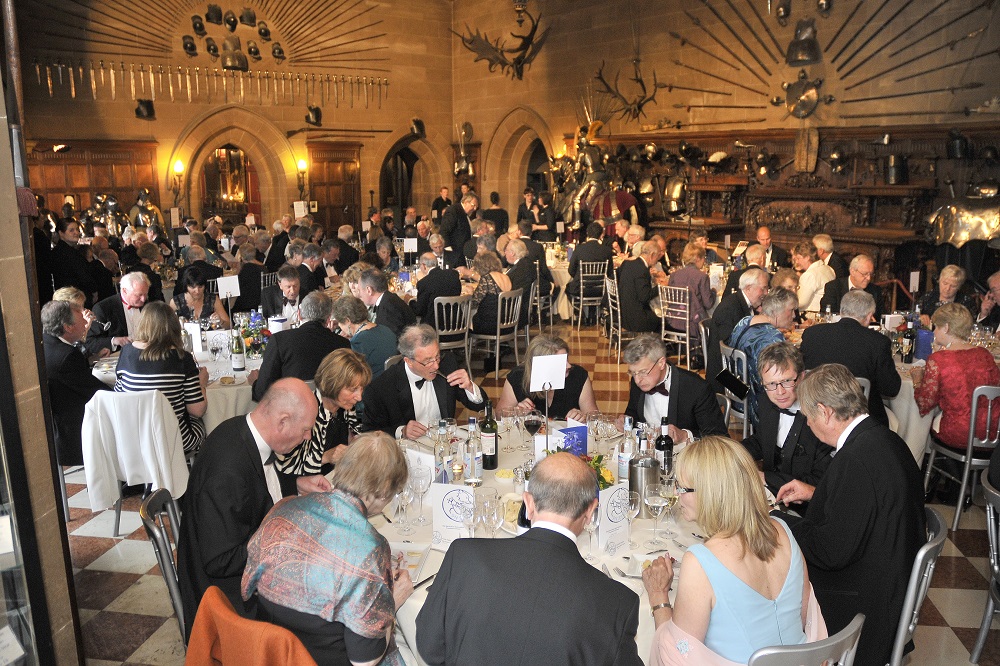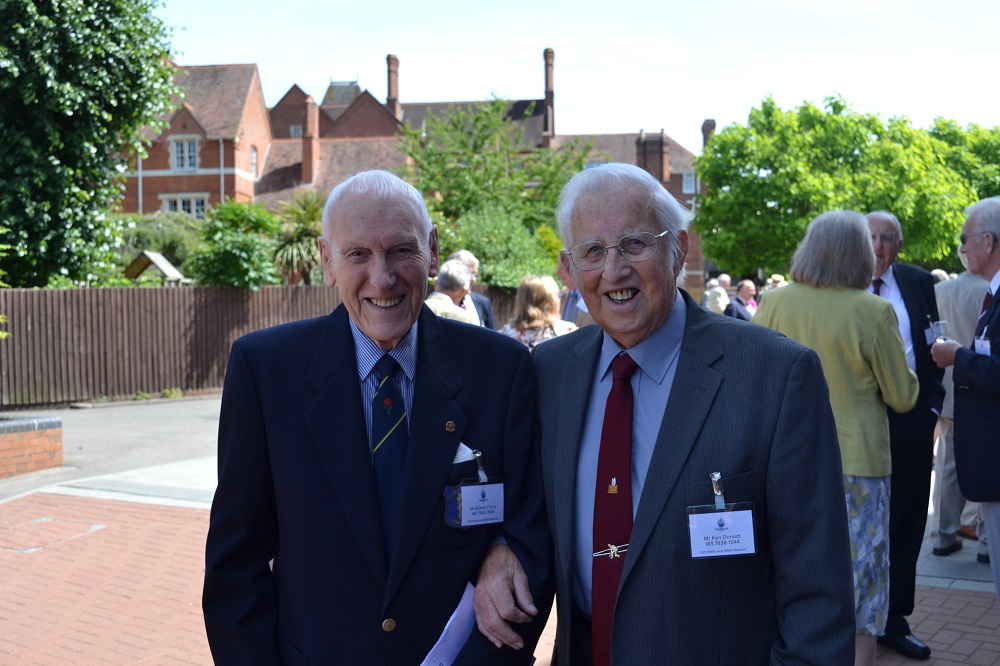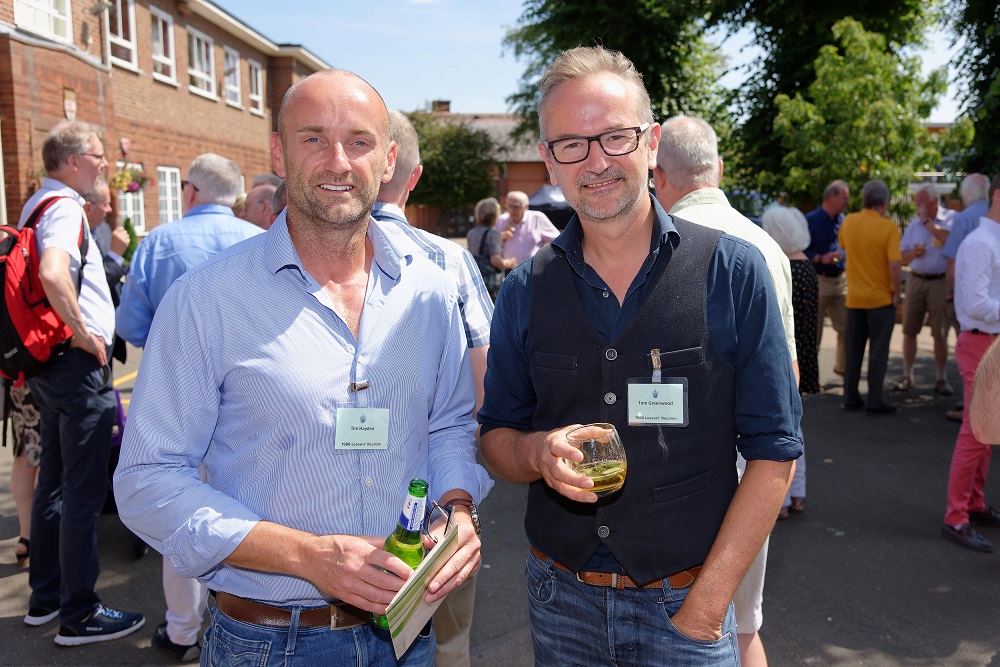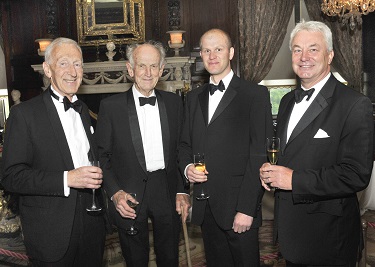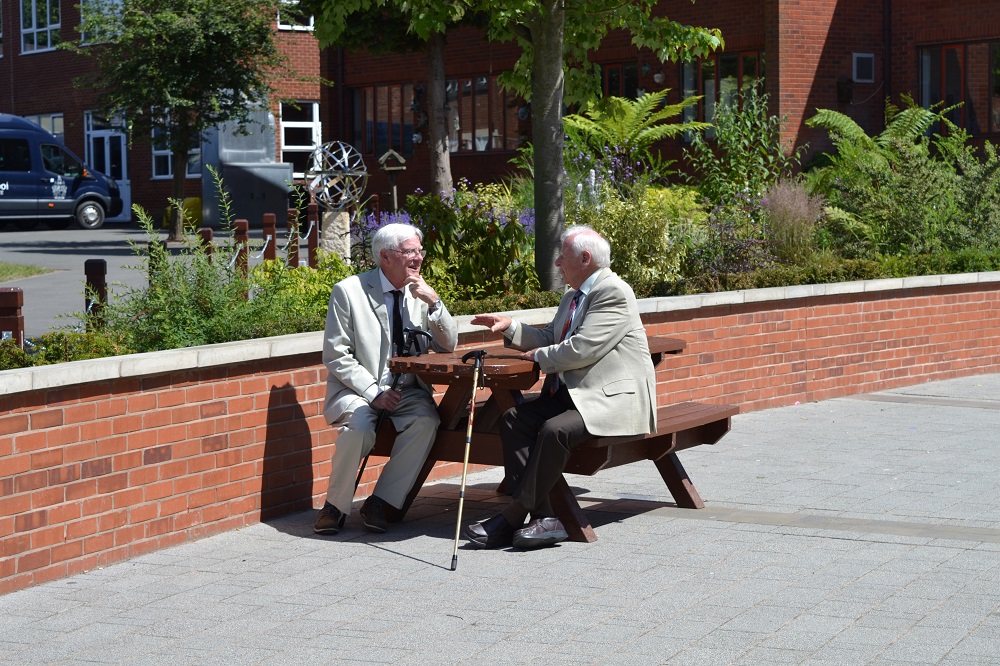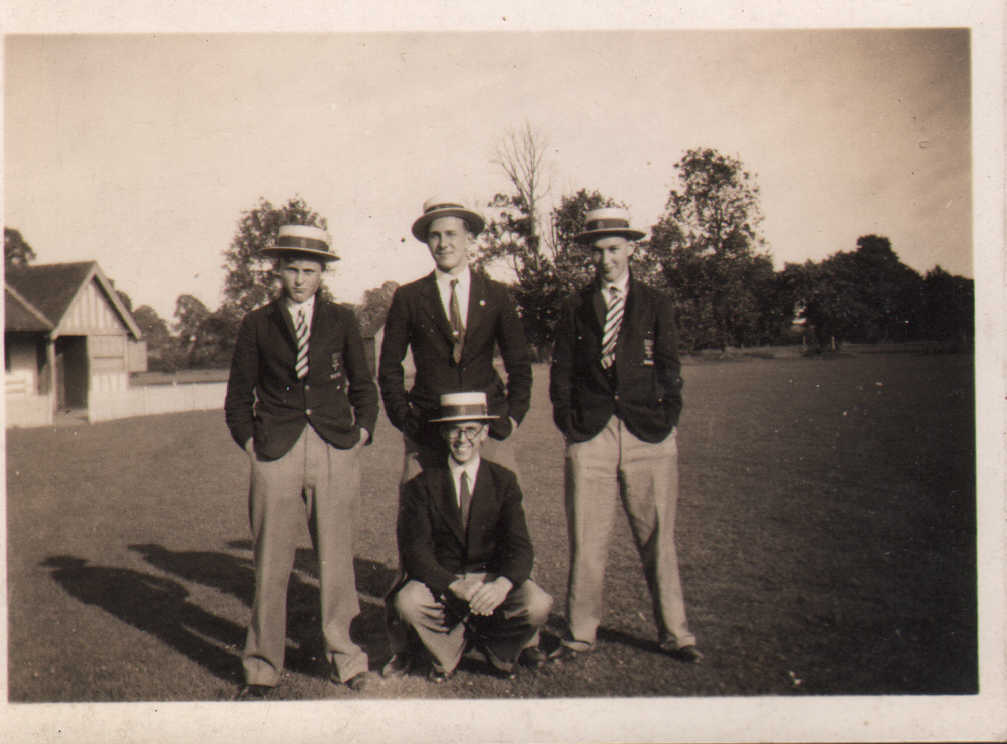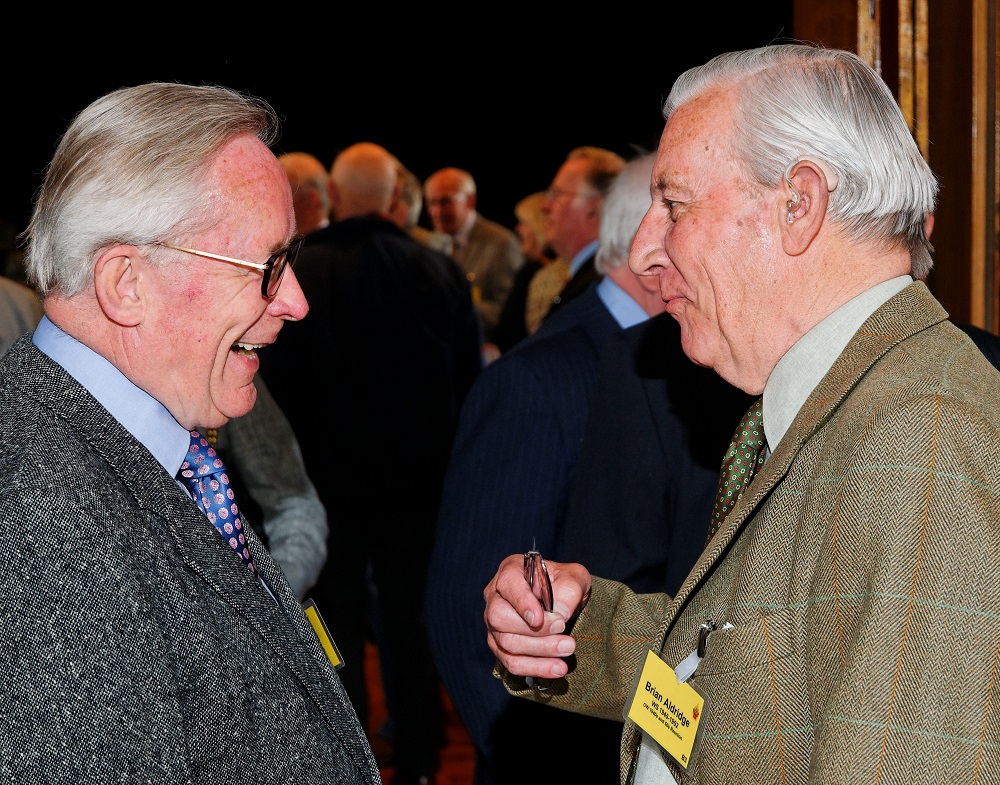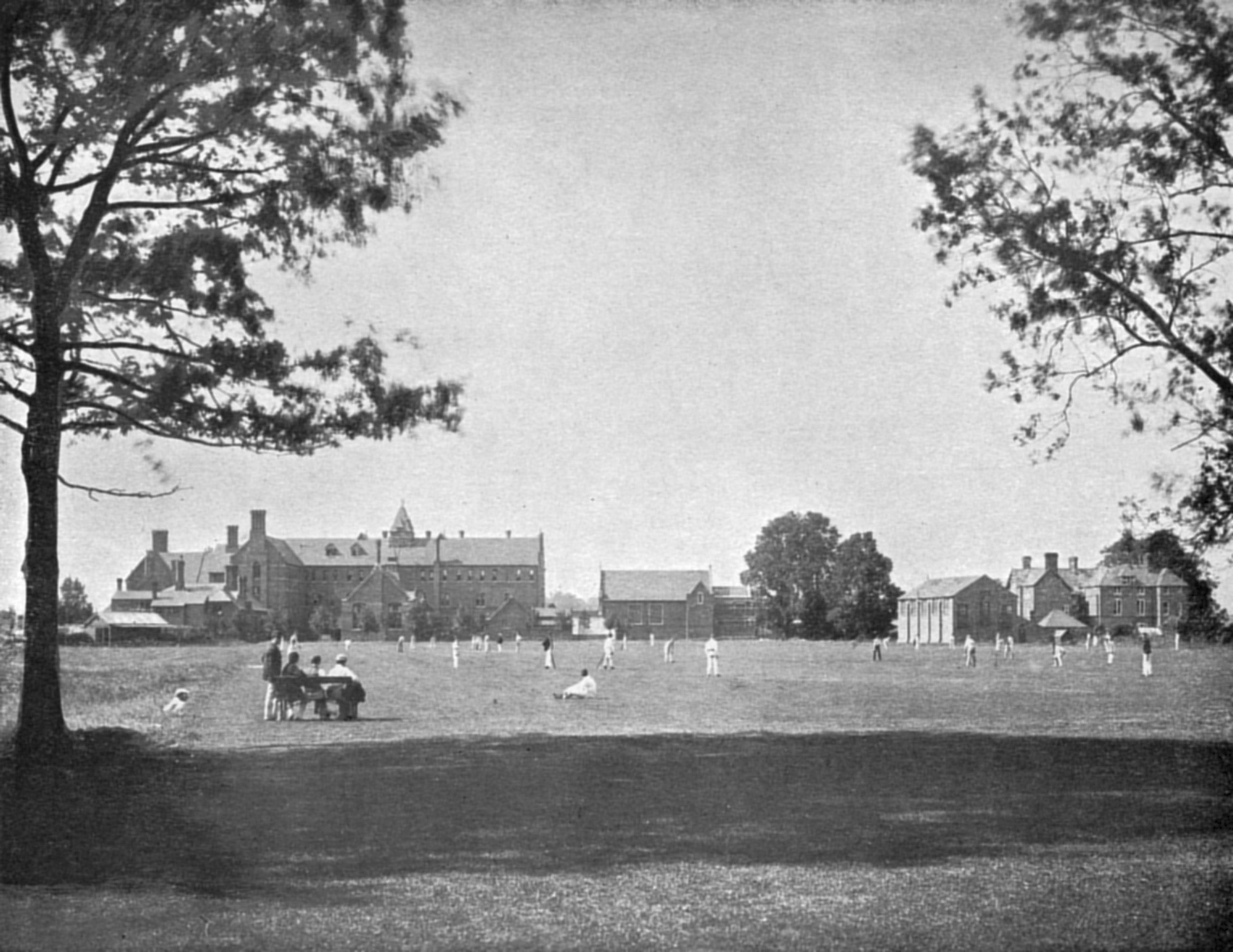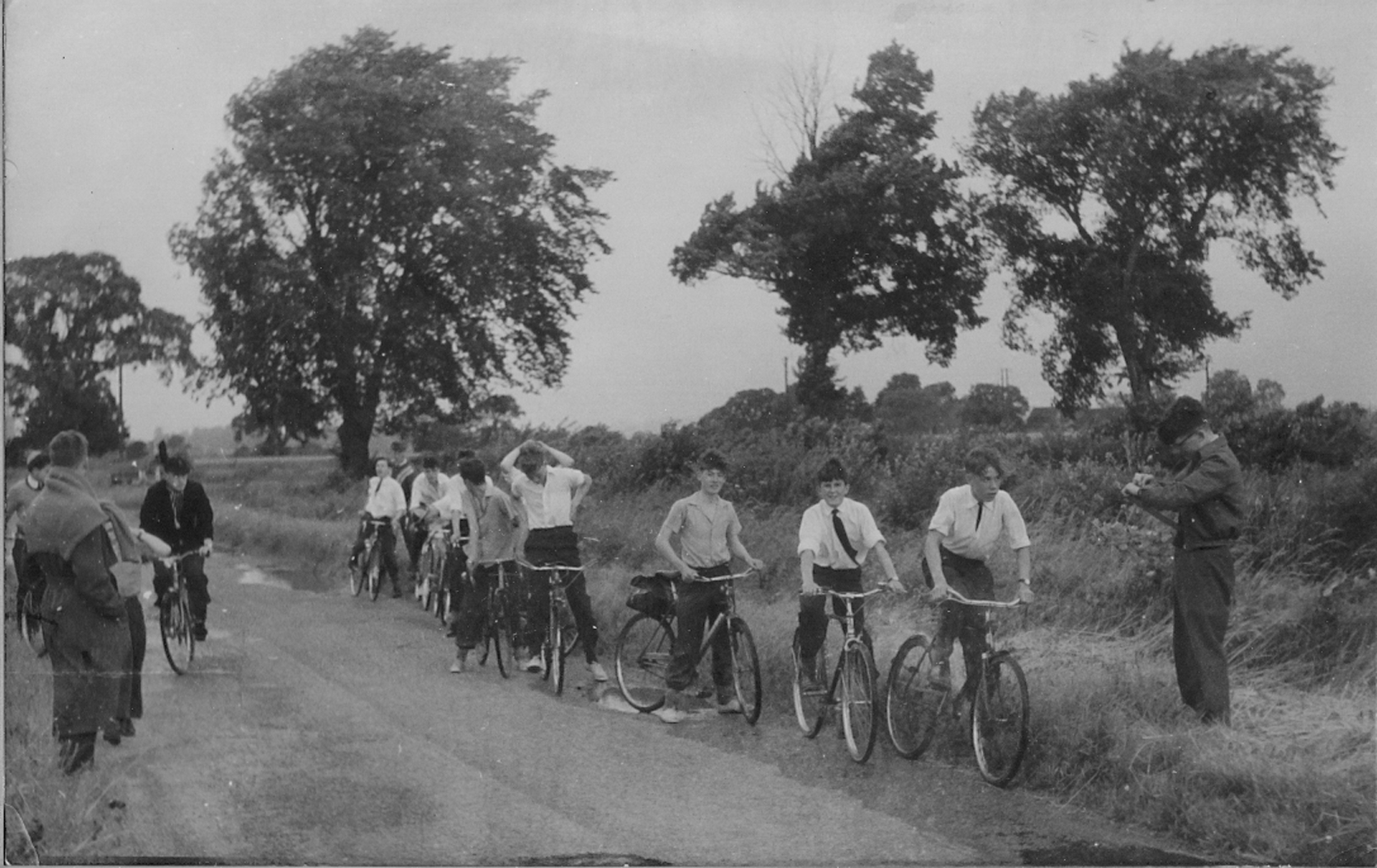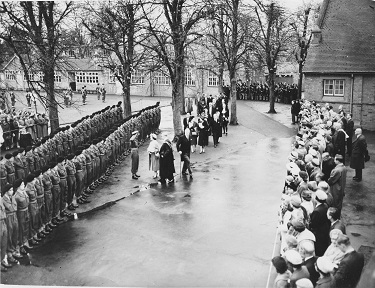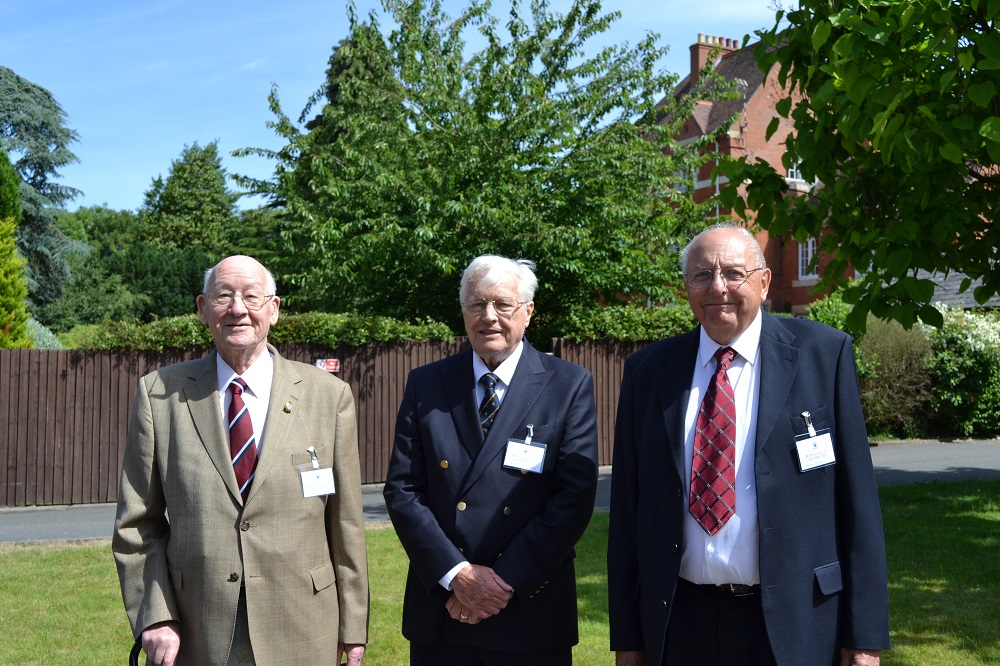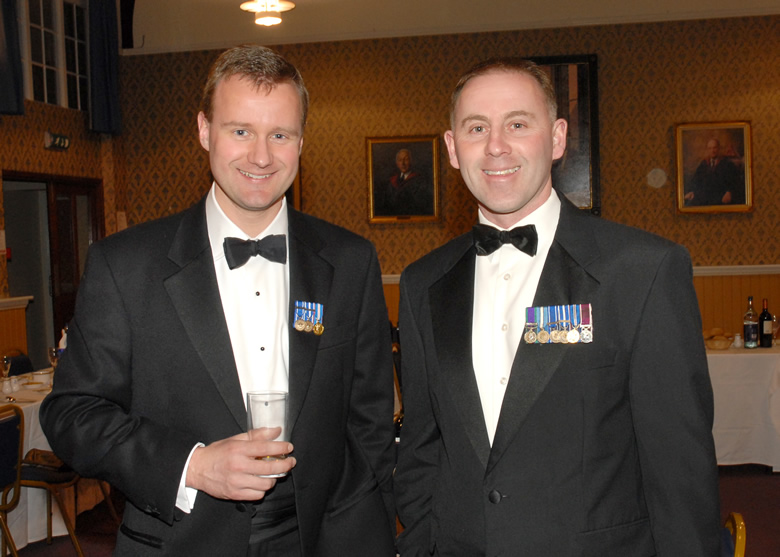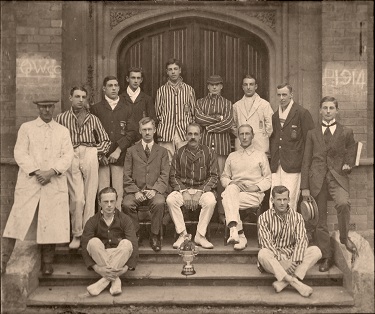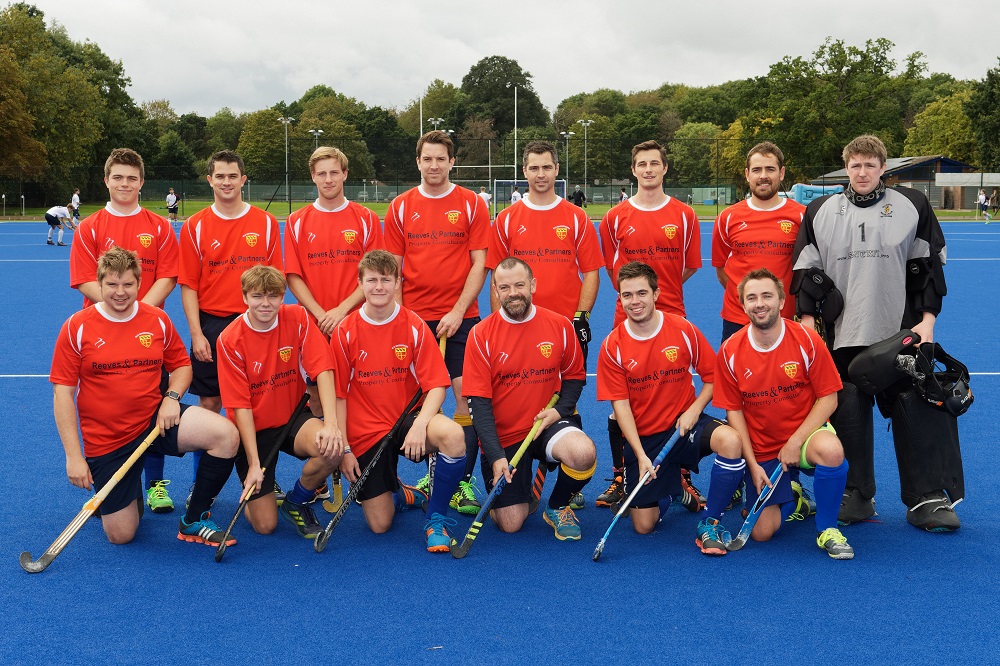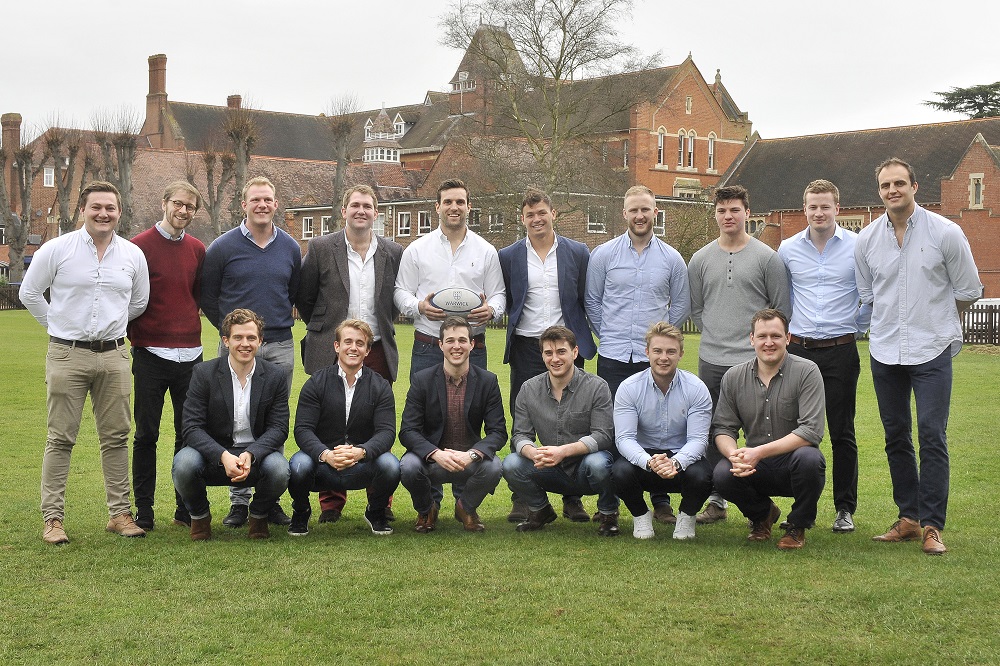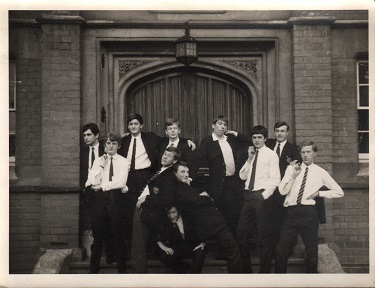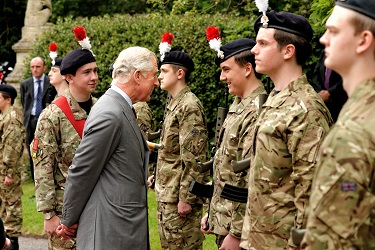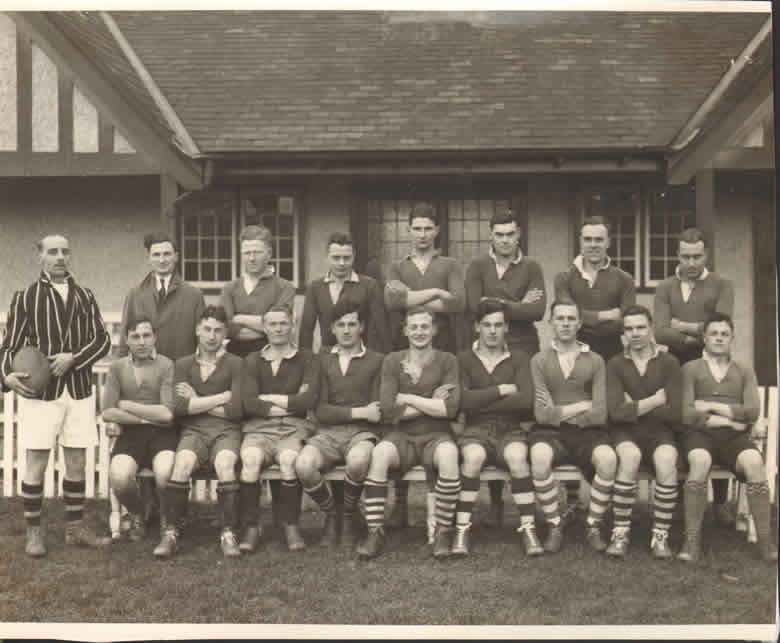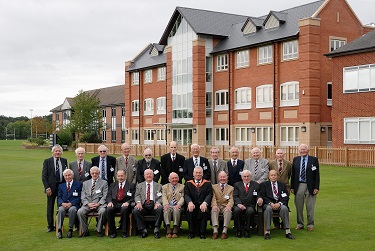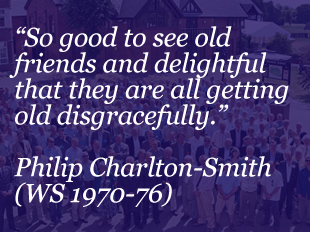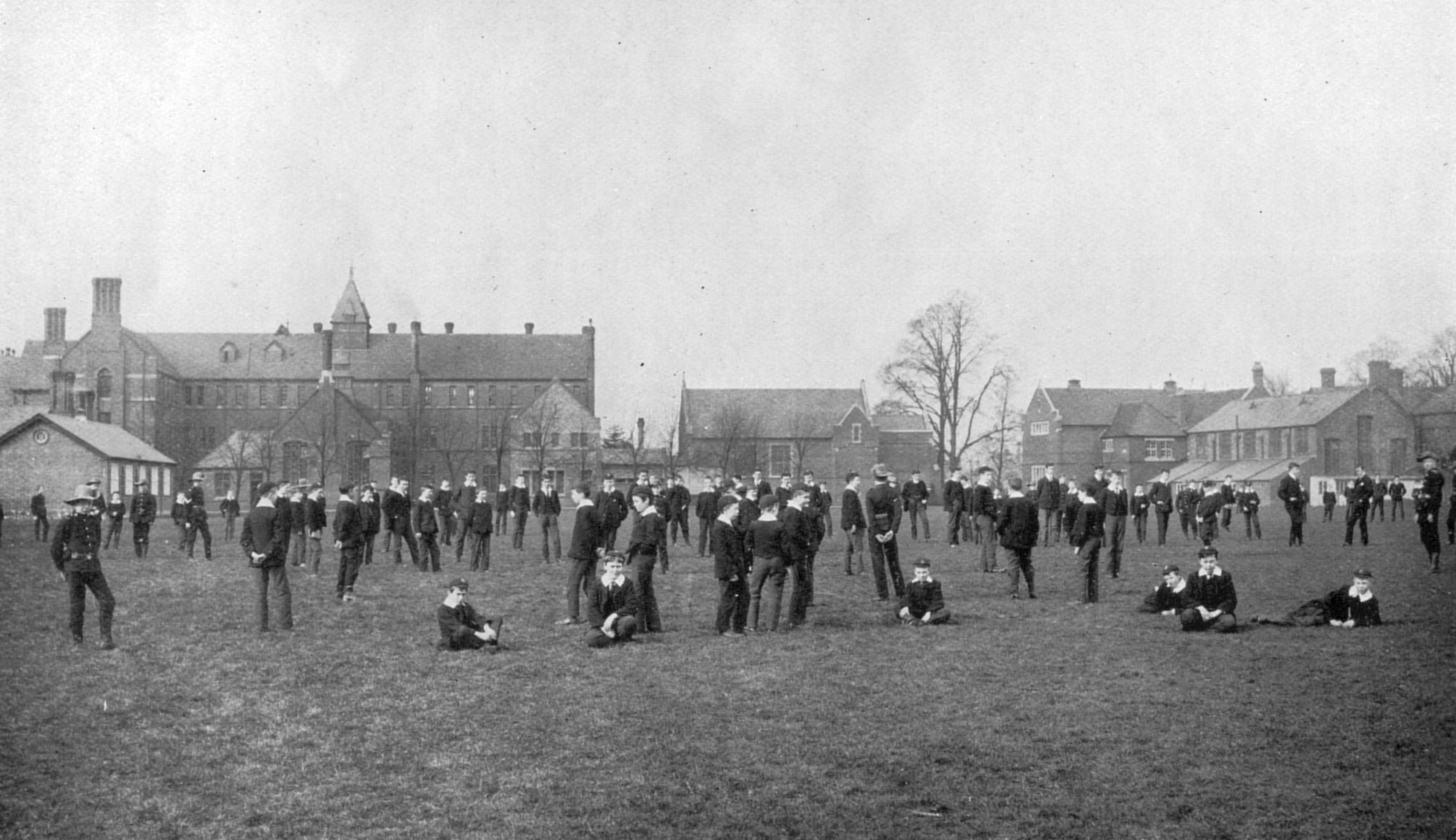Royal Visits
The highly successful visit to the school of HRH Prince Charles on 2nd June 2014 should perhaps be set in the context of previous Royal visits – or almost visits, or near misses.
Queen Elizabeth I visited Warwick in 1572, and was told that her father, King Henry VIII, had endowed the town [in 1545] and had provided for “a skolemaister for the bringing up of youth in learning and vertu”. The premises occupied by the school at this time were undoubtedly at what is now called the Lord Leycester Hospital – the boys would certainly have been released to visit and cheer the Queen, but there is no record that she set foot in the school.
Moving forward several hundred years, there are two successive entries in the Master’s Book (Vol II) dating from the late 19th century:
Tomorrow at the request of the Earl of Warwick, a whole holiday will be granted to the school in honour of the visit of HRH the Prince of Wales.
May 16th 1895 J. P. Way
HRH the Prince of Wales has requested me to grant a holiday to the whole school in honour of his visit. I need not say that such a request comes to me as a command. There will, therefore, be no school today. The Prince passes the school on his way to Leamington Station about 2.15 this afternoon. I must ask the whole school to be present at the gates and to give him a hearty cheer.
May 20th 1895 J. P. Way
Perhaps the school got two whole-day holidays out of this visit – and, perhaps, Rev. Way was hoping for more than just a drive-past. It was rather naughty of the present archivist to suggest, live on BBC local radio on the occasion of Prince Charles’ visit, that maybe the future King Edward VII passed this way more than once, on account of his mistress at the time being Daisy, Countess of Warwick. Jane Ridley, in her biography of Edward VII (called simply Bertie), mentions “Daisy Days” – marked with a reverse D in the Prince’s diary. She states that the May 1895 visit was Bertie’s first visit to Warwick Castle, but also that there were around 40 such Daisy Days in 1895 and 1896. It would seem the affair had fizzled out by 1898.
Prince George, Duke of Cambridge (1819 – 1904) visited Warwick Castle on 30th November 1896, and the new headmaster, Rev. Robert Percival Brown, breathlessly advised the school that “a whole holiday” would be granted “on the intercession of HRH the Duke of Cambridge, who is staying at Warwick Castle” that day.
The November 1958 visit by the Queen Mother to Warwick School was a triumph of minute-by-minute organisation. Headmaster A. H. B. Bishop had been rather surprised to be telephoned months beforehand, advising him that the Queen Mother was going to open the new Shire Hall on that day, and did he have an idea of what she could do if she also visited Warwick School? Off the cuff, he said that she could open the new school gates – and that was the first time he had thought of the idea. The old ones had been donated for scrap to help the war effort in the 1940s. The school was in a messy state at the time, and oddly-placed groups of boys were delegated to screen building work, and also piles of coal. The Queen Mother saw through this, of course, but pictures of the event show magnificently straight lines of CCF boys – and virtually every lady attending the event wearing a hat. She did, indeed, open the new school gates (through which her grandson, Prince Charles, was driven 56 years later) and walked through Big School (now the Pyne Room) where staff wives and children were placed. At one point she handed her flowers to the headmaster and signed the brand new autograph book, costing £4 4s, (or 4 guineas, worth about £90 in 2021 values) which had been specially purchased for the occasion – and subsequently hidden away for the next 44 years. She was also conducted briefly to the chapel, the gym and the chemistry lecture room in the new 1957 science block, where a high-voltage Tesla coil (properly called a Ruhmkorff coil) was used to illuminate gas-discharge lamps. Parts of the visit were filmed by the physics technician, Lt Col P. N. G. Whitlam, and his film was used as the basis of a Midlands Today programme in 2003.
In 1990 Princess Anne visited Warwick Preparatory School, aka The Squirrels. On July 5th of that year the Princess Royal opened the Science, Technology and Art building named ‘The Hogan Centre’ after the former headmistress. It was fitting that Mrs D. V. Hogan was able to attend the ceremony in person and she, and many others, were presented to the Princess. Jean Field (in Acorns, Oaks and Squirrels) also notes: “During the tour of the school the Princess Royal visited the Nursery where the children were engaged in a range of interesting activities.”
What happened at Warwick School at the same time as her visit is fondly remembered by many: boys working on the then school hovercraft in the brick shed on the school field set fire to some petrol. The accusation that the boys were smoking in the shed is hotly disputed by those who were present, needless to say. However, the ensuing minor fire initiated the most spectacular response from Princess Anne’s security personnel – it was only 16 years previously that the Princess had survived an assassination and kidnap attempt in Pall Mall, after all.
The Princess Royal rounded off her visit with a planting of a tulip tree (Liriodendron tulipifera), at the time in a piece of lawn, but which was later turned into a playground. Perhaps it was the knowledge that this species could have grown to over 32m in height, or, more likely, that it was in the way of the possible expansion in the number of buildings at the Prep School, that it was felled around 2018.
Tree felling, and tree planting, goes on all the time, needless to say. We have lost a couple of historic trees recently – one of The Limes, planted to commemorate the Golden Jubilee of Queen Victoria in 1887 was found to be in a dangerous state a few years ago, and we also lost a Hubei Crab “of national importance” dating, presumably, from 1879, from the far corner of the former headmaster’s garden. They have been replaced, albeit not directly, by a Cedar of Lebanon - which should last a good few hundred years - planted in the corner of the playing fields near the Toll-House to welcome King’s High to the Warwick School campus, and three grafted surviving Victorian apple trees, formerly growing by the side of the old Guy Nelson Hall and which were re-planted along the Myton Road frontage in 2021.
There was a curious parallel between the Queen Mother’s visit in 1958 and Prince Charles’ in connection with the signing of the autograph book. Headmaster A. H. B. Bishop had purchased a Georgian inkwell, and equipped it with a feather pen, for the Queen Mother – but she declined to use it. That (unused) inkwell was kindly presented to the school by Bishop’s daughter in 2013. In 2014 the author proffered a very fine pen (Mont Blanc, if you must know) to Prince Charles, but he, too, produced his own, maintaining that it contained “permanent ink”.
Assuming that Warwick School was founded in 914 AD, to achieve two or three royal visits in 1,107 years is some sort of achievement. King’s High School for Girls, being a mere 142 years old, still awaits such a privilege.
Gervald Frykman, 2014 (revised 2021)
